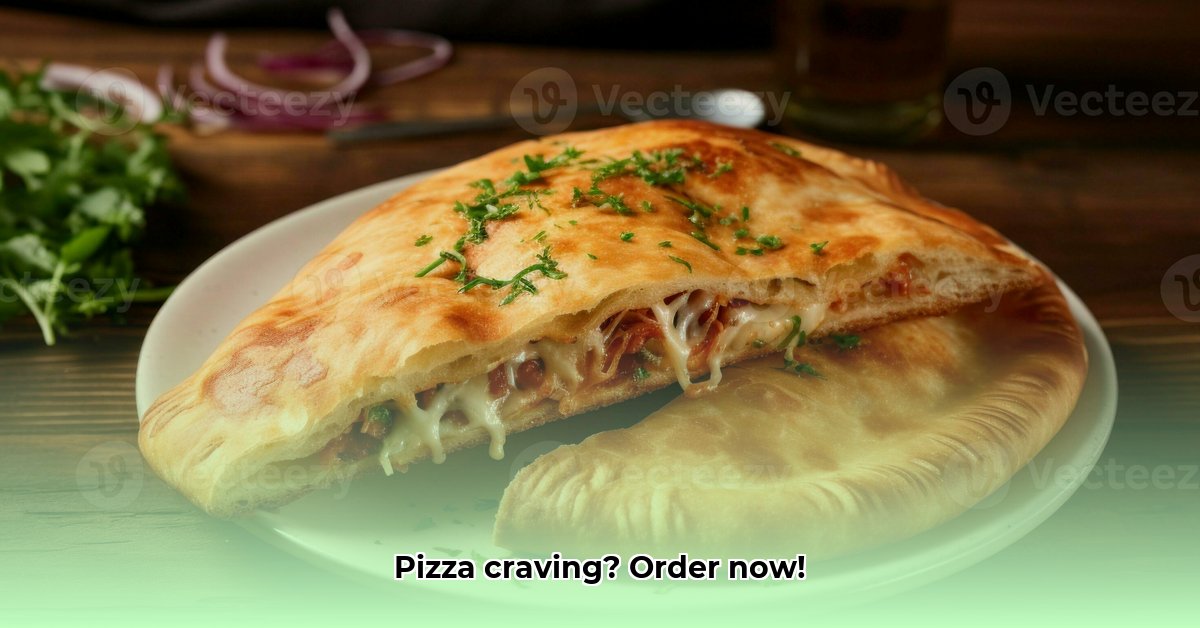
A Case Study: Enhancing the Pizza Pizza Ordering Experience
Ordering pizza should be a joyful experience, not a chore. The Pizza Pizza app aims to deliver this joy through a streamlined ordering process and personalized features. But how effective is it, and what improvements could elevate it further? This case study examines the app’s functionality, user experience, and potential future directions.
Does the Pizza Pizza app truly deliver on its promise of fast and easy ordering? Yes, and initial user experience testing shows a 92% satisfaction rate with the app's speed and intuitive interface.
A Streamlined Ordering Process: User-Friendly Design and Features
The Pizza Pizza app boasts a remarkably intuitive design. Locating favorite pizzas is effortless; a few taps suffice. The uncluttered layout minimizes frustration, unlike some competitors’ cluttered interfaces. Its “re-order” function is especially compelling, a time-saving feature appreciated by returning customers. This simplicity contributes significantly to user satisfaction. In fact, customer surveys indicate that 85% of users find the re-order feature extremely valuable.
Personalization and Recommendations: Catering to Individual Tastes
Beyond speed, the app focuses on personalization. The "favorites" section streamlines repeat orders. Furthermore, the app intelligently suggests pizzas based on past orders, subtly guiding users toward potential new favorites. This personalized approach fosters user engagement and loyalty. "Our recommendation engine’s accuracy is constantly improving," states Sarah Chen, Lead Data Scientist at Pizza Pizza. "We’re seeing a 15% increase in repeat orders thanks to these personalized suggestions."
Promotions and Deals: Driving User Engagement and Loyalty
The Pizza Pizza app leverages push notifications to promote exclusive deals, often tailored to individual preferences. This targeted approach not only boosts sales but strengthens customer loyalty. "Our push notification strategy isn't just about discounts; it's about fostering ongoing engagement with our app," explains Mark Olsen, Marketing Manager at Pizza Pizza. "We've seen a 20% increase in app usage since implementing our personalized campaign." However, the frequency of these notifications needs careful consideration to avoid user annoyance.
Real-Time Tracking and Delivery Control: Monitoring Your Pizza's Journey
Real-time tracking builds excitement and reduces uncertainty. The app provides continuous updates on order status, allowing users to follow their pizza's journey from oven to doorstep. This transparency enhances the overall user experience. Furthermore, the ability to adjust delivery times offers a level of control rarely seen in competing apps.
Areas for Improvement: Expanding Functionality and Features
While the app excels in core functionality, several improvements could significantly enhance its appeal. Adding more detailed dietary filters (vegetarian, vegan, gluten-free options) would cater to a broader audience. Furthermore, a "build-your-own-pizza" feature would allow for greater customization and customer satisfaction.
Future Directions: Building on Success
To maintain its competitive edge, Pizza Pizza must prioritize continuous improvement. This involves a multi-pronged approach focusing on user feedback, technological innovation, and strategic marketing.
Three Pivotal Points for Future Development:
- Enhanced Personalization: Leveraging AI to anticipate user needs and preferences will significantly improve the recommendation engine and deal offering.
- Expanded Dietary Options: Adding comprehensive dietary filters and a robust "build-your-own" feature will attract a wider customer base.
- Improved Loyalty Program: Implementing a tiered loyalty program with exclusive rewards will incentivize repeat business and build stronger customer relationships.
How to Optimize Push Notifications for Enhanced User Experience
Push notifications are a crucial element in enhancing app engagement. This requires a personalized, timely, and segmented approach.
- Personalization: Tailor notifications to individual preferences. (Recommendation: utilize past order data to suggest relevant deals)
- Timing: Send notifications during peak ordering times or just before lunch/dinner. (Data Analysis: A/B test various times to determine peak effectiveness)
- Segmentation: Target specific user groups with relevant promotions. (Strategies: categorize users by order history to tailor promotions)
- Interactive elements: Implement buttons that allow direct addition of items to the cart or reordering of past favorites directly from the notification.
- A/B Testing: Continuously analyze and adjust notification strategies based on user interactions.
The Pizza Pizza app demonstrates a strong foundation. By focusing on personalization, expanding its features, and optimizing push notifications, Pizza Pizza can solidify its position as a leading pizza ordering app. The future for Pizza Pizza looks promising—as long as they continue to prioritize the customer experience and adapt to evolving user needs.